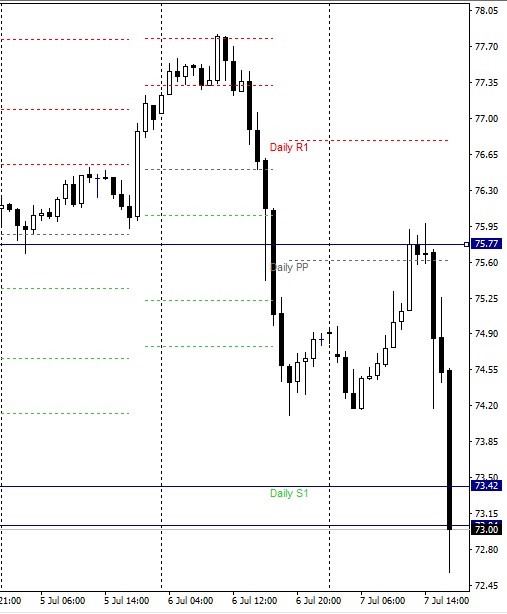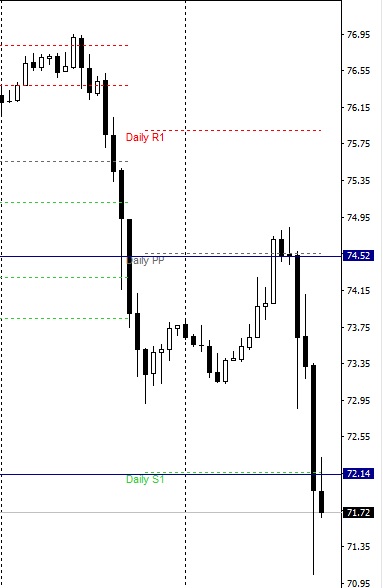 In the last hours, oil suffered very strong falls in its price after reaching all-time highs. After the crisis of the year 2020 on consumption and the serious losses generated in this commodity, prices managed to reposition themselves to even levels prior to the pandemic.
In the last hours, oil suffered very strong falls in its price after reaching all-time highs. After the crisis of the year 2020 on consumption and the serious losses generated in this commodity, prices managed to reposition themselves to even levels prior to the pandemic.
Consumption has recovered steadily and continuously after vaccination campaigns and economic reopening. In turn, the OPEC + group has agreed to carry out the reduction on production in order not to generate an excess supply that will liquefy the price.
However, in recent days the group of countries that make up OPEC + had to agree on guidelines on how to continue but this could not be, since the discussions stopped when the United Arab Emirates denied a proposal promoted by Saudi Arabia and Russia.
After several instances of debate, a disagreement over how to measure production cuts reversed a proposal to boost production, leading to a dispute between Saudi Arabia and the United Arab Emirates. Both previously starred in discussions in December 2020, for the production policy and cuts, which were corrected with an agreement. However, in this instance, the discussions were cut off without the possibility of an agreement.
The immediate consequence is that the increase in production forecast for August will not take place, affecting the market with the lack of stock for the next few weeks. Even so, a proposal for monthly increases of 400,000 barrels per day could be resumed.
This scenario of no agreement could lead to unilateral increases in production that, in the short term, generate a drop in prices.
According to specialists, the bankruptcy affected the reliability of the group, which had made great strides as a regulator. Still, Tuesday’s price decline was due, according to Christyan Malek, head of oil and gas research at JPMorgan Chase & Co., to «skepticism that this is not the real price of oil, and the last two or three days have reminded us that OPEC + is holding this together «
The WTI had reached the highest level since 2014 at $ 76.88 a barrel of oil. With a similar behavior, the BRENT $ 77.75 dollars a barrel of oil. Prices then fell to $ 73.23 dbp and $ 74.44 respectively.
The BRENT remains in buying preference above $ 73 dollars a barrel to $ 75 dbp.

The WTI remains of buyer preference over $ 72 dbp up to $ 74 dbp.






Deja una respuesta
Lo siento, debes estar conectado para publicar un comentario.